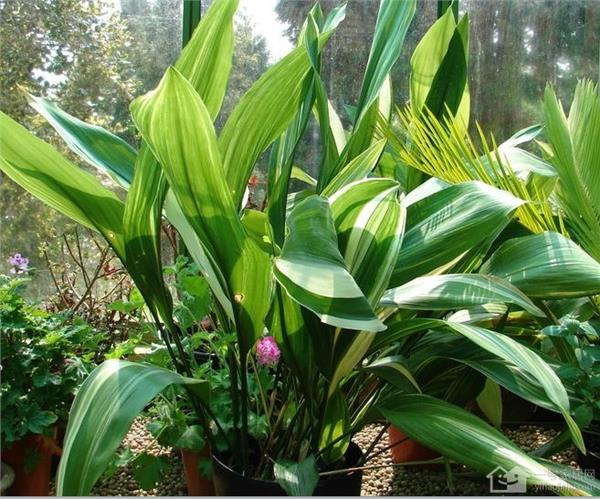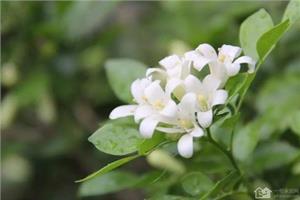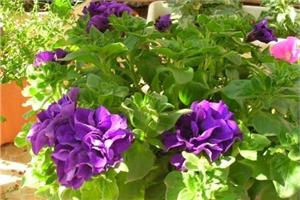What kind of plant is one-leaf orchid? what is the reason for the yellow leaves of one-leaf orchid?
What kind of plant is one-leaf orchid? One-leaf orchid is a plant originally grown in the south, which can adapt to warm and moist environment and can survive in non-fertile soil, but its cold resistance is not strong. Many people have encountered the phenomenon of yellowing of the leaves of an orchid. I don't know why the leaves of an orchid turn yellow.

1. Too little light
[reason] one-leaf orchid is extremely shady and can be watched for months even in a dark room, but too dark for a long time is not conducive to the germination and growth of new leaves. If the light is too little in a dark place for a long time, the leaves will turn yellow.
[methods] if it is placed in a dark room, it is best to move it to a place with bright light for a period of time to facilitate growth and viewing, especially during the period from the germination of new leaves to the growth and maturity of new leaves.
2. Excessive fertilization
[reason] Cymbidium does not have a great demand for fertilizer, so it is best to apply light fertilizer each time. If too much fertilizer is applied, it will burn roots and destroy the growth of Cymbidium, and the leaves will turn yellow due to fertilizer damage.
[methods] dilute liquid fertilizer can be applied 1-2 times a month to promote the germination and robust growth of new leaves, to ensure that the leaves are beautiful and bright, and not to apply too much fertilizer.
3. the light is too strong
[reason] one-leaf orchid bogey is in direct sunlight, and short-term sunlight exposure may also cause leaf burns and yellowing, reducing ornamental value.
[methods] one-leaf orchid can be cultivated in bright indoor all the year round, but it can not be placed in direct sunlight either indoors or outdoors.
4. Pest infection
[reason] Red spiders are very easy to appear in orchids maintained indoors, and insect pests are also the reason for the yellowing of leaves.
[methods] the two sides of leaves should be checked frequently, and triclofenac and nisolan should be sprayed in time.
5. Overwatering
[reason] overwatering is also one of the reasons for the yellowing of the leaves of Cymbidium, which likes water and has a certain tolerance, even if it is dry for several days, it will not die, but if too much watering will affect the respiration of the roots and cause the leaves to yellowing.
[methods] the watering of Cymbidium should be dry and wet, not too much, but not too little, and sufficient water is needed during the growth period.
In postharvest management, the potted orchids from the nursery can be stored in a bright place with a relative humidity of 90%-95%, an ambient temperature of 10-15 ℃ and no direct sunlight. Do not make the ambient air too ventilated, the storage time should not exceed 3 weeks on the premise of ensuring the product quality, and the watering should be stopped 2 ~ 3 days before transportation.
The above is the introduction of this article, I believe you have a simple understanding after reading it, if necessary, you can continue to pay attention to the No. 1 home network for more information.
Related
- Wuhan Hospital Iron Tree Blooming Result Was Instantly Frightened by the Gardener Master
- Which variety of camellia is the most fragrant and best? Which one do you like best?
- What is the small blue coat, the breeding methods and matters needing attention of the succulent plant
- Dormancy time and maintenance management of succulent plants during dormancy
- Minas succulent how to raise, Minas succulent plant pictures
- What are the varieties of winter succulent plants
- How to raise succulent plants in twelve rolls? let's take a look at some experience of breeding twelve rolls.
- Attention should be paid to water control for succulent plants during dormant period (winter and summer)
- Watering experience of twelve rolls of succulent plants
- Techniques for fertilizing succulent plants. An article will let you know how to fertilize succulent plants.



